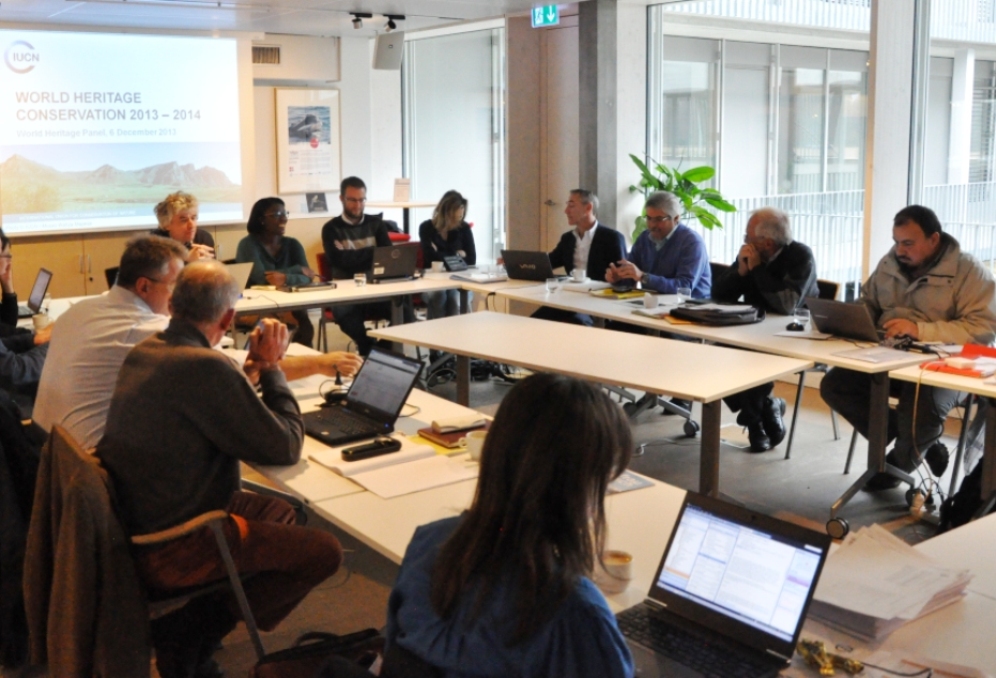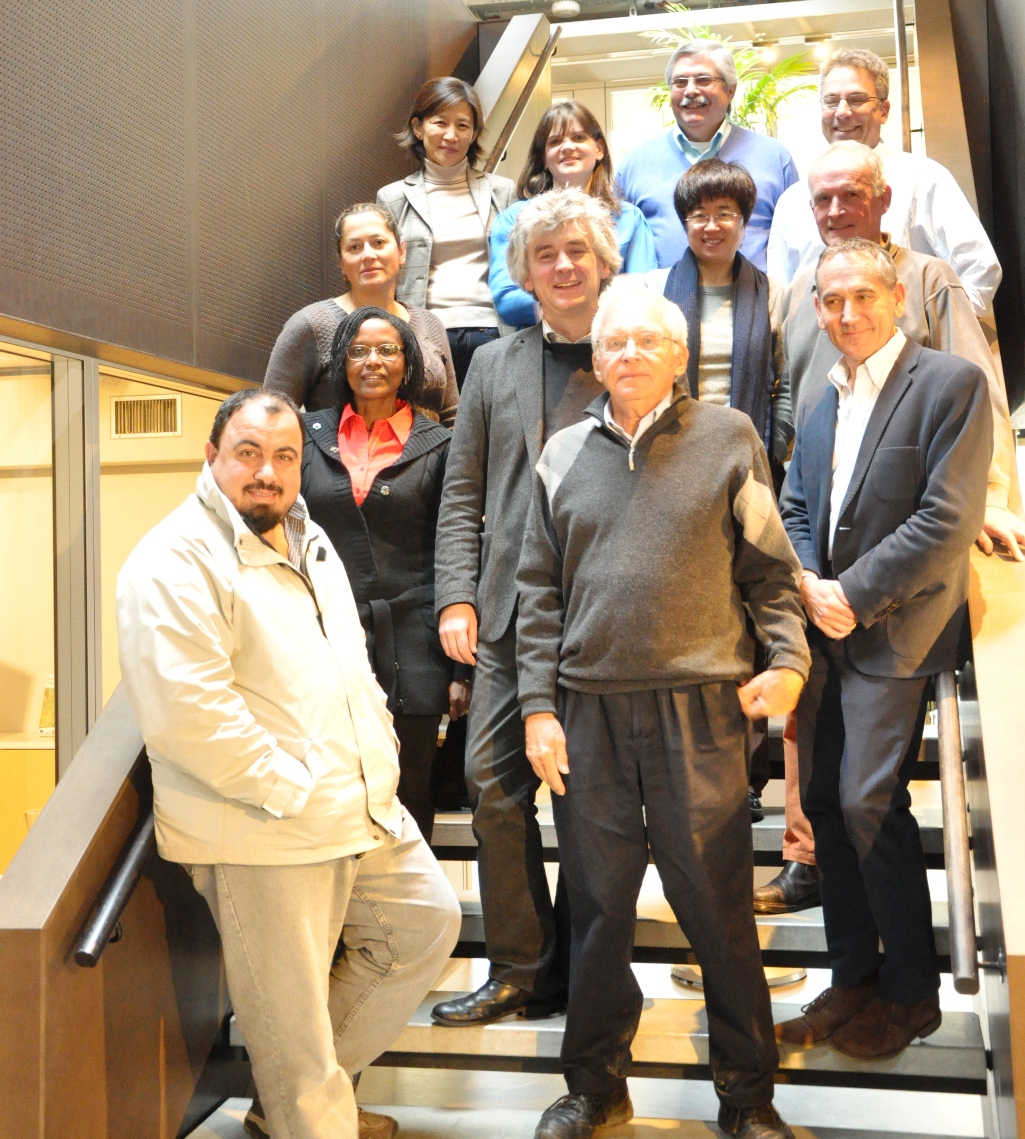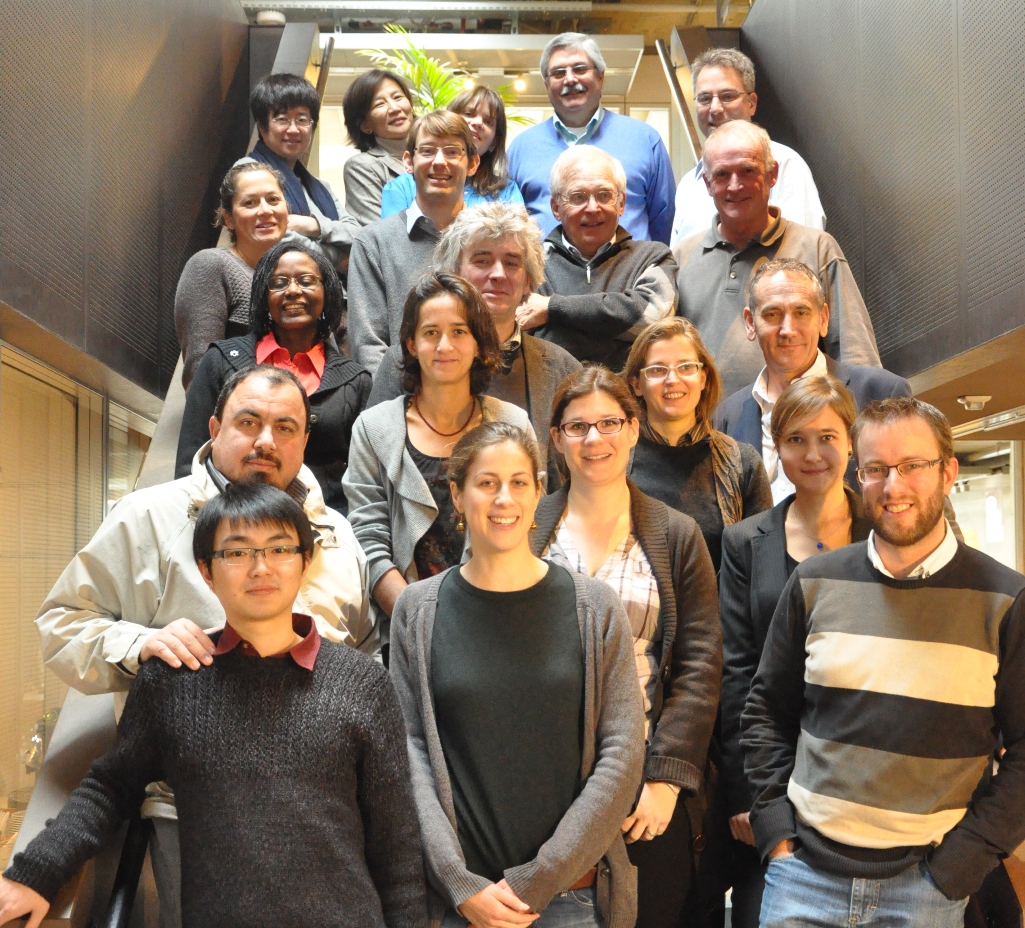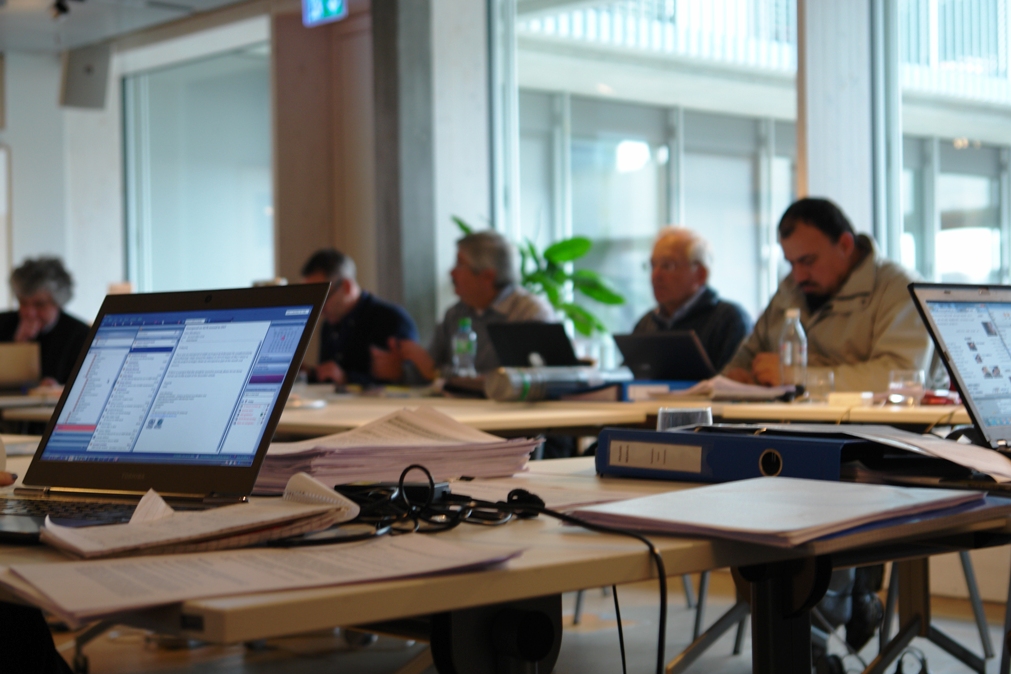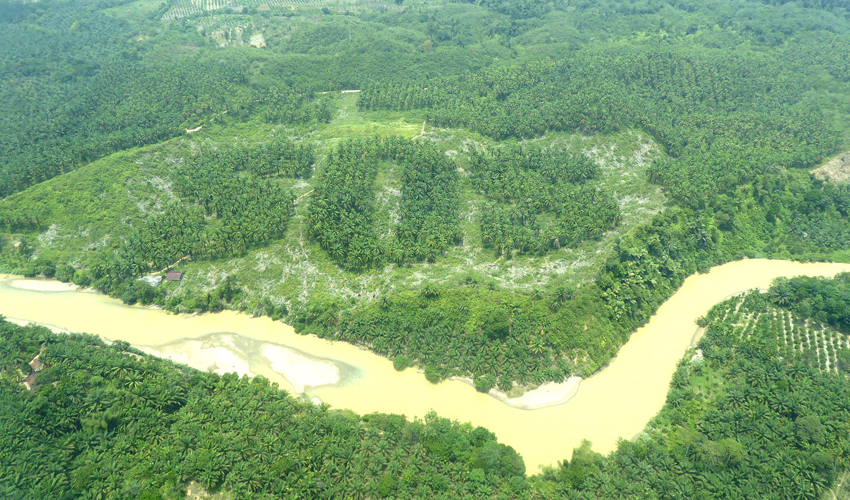Experts advise IUCN on its position for 2014 World Heritage nominations
The IUCN World Heritage Panel has met to discuss IUCN’s position on the nominations of new natural sites proposed for inscription on the World Heritage List in 2014.
Made up of 11 specialist conservation experts, the panel met in December to determine whether sites nominated by the governments of ten countries should be recognized as natural World Heritage sites. They studied the evidence gathered through field missions and nomination files during an intensive five-day meeting.
“The World Heritage Convention is a highly regarded conservation mechanism designed to recognize only the most outstanding places on Earth that are of value to all of humanity. Sites must unequivocally meet these very high standards and be well protected before they may be added to the list,” says Cyril Kormos, Panel Member and Vice Chair for World Heritage at IUCN World Commission on Protected Areas. “We are very thorough in our evaluations to help ensure that the World Heritage List appropriately reflects the important mission of the Convention.”
A total of ten natural sites have been put forward for review by the World Heritage Committee this year, which will be held from 15 to 25 June in Doha, Qatar. The nominations include proposals to extend four existing sites – two of which would become transboundary and one of which would become mixed – and to inscribe four new natural sites and two additional mixed natural and cultural sites. (Click here to see the list of nominations)
As the official advisory body on nature to the UNESCO World Heritage Committee, IUCN is responsible for evaluating new nominations and recommending whether these merit World Heritage status. To ensure the highest quality of objective technical advice is provided, it consults widely with experts who have relevant knowledge of the sites or the natural values they represent.
The evaluation process is a rigorous, year-long process that involves field missions and desk reviews, as well as consultation at the international, regional and local level. The IUCN World Heritage Panel is essential to this process and helps to put all the pieces together to reach a conclusion.
Before a recommendation can be made by IUCN, a wide range of information is reviewed, including nomination dossiers and supporting information provided by the State Party, field evaluations carried out by independent experts, data supplied by the UNEP World Conservation Monitoring Centre, comparative analyses and other significant material.
“Our panel members are specialists in diverse fields related to World Heritage, with wide ranging regional on-ground conservation experience. Their collective expertise, together with the knowledge provided by evaluators, covers all major technical aspects of an evaluation,” says Tim Badman, Director of World Heritage Programme. “Two lead panellists are assigned to each site, and every panellist is expected to contribute to IUCN’s advice, based on their knowledge and area of specialization.”
A recommendation is agreed on once all the information has been reviewed and the panel reaches consensus. If panel members feel they need further clarification to make an informed decision, additional information can be requested from the States Parties. The World Heritage Panel will then meet again in March to deal with any outstanding issue.
The panel can advise whether the World Heritage Committee should inscribe or not inscribe a site, defer a decision, or refer a nomination back to the country. The Committee makes the final decisions at its annual meeting.
To further ascertain the validity of evaluations, a code of conduct lays down a set of rules to avoid any potential conflict of interest, ensuring the process remains independent and science-based.
In line with UNESCO procedures, the IUCN World Heritage Panel’s recommendations will remain confidential until six weeks prior to the 38th World Heritage Committee, when they are made public and distributed to the Committee by UNESCO’s World Heritage Centre.
The nominations for 2014 are (by country, in alphabetical order)
- Botswana, Okavango Delta: natural site
- China, South China Karst (Phase II) (extension): natural site
- Denmark / Germany, Wadden Sea (extension): natural site
- Denmark, Stevns Klint: natural site
- France, Ensemble tectono-volcanique de la Chaine des Puys et de la faille de Limagne: natural site
- Mexico, Ancient Maya City and Protected Tropical Forests of Calakmul, Campeche (extension and renomination): mixed site
- Poland / Belarus, Bialowieza Forest (extension and renomination): natural site
- Portugal, Arrábida: mixed site and cultural landscape
- Vietnam, Trang An Landscape Complex: mixed site and cultural landscape
- Vietnam, Cat Ba Archipelago: natural site
